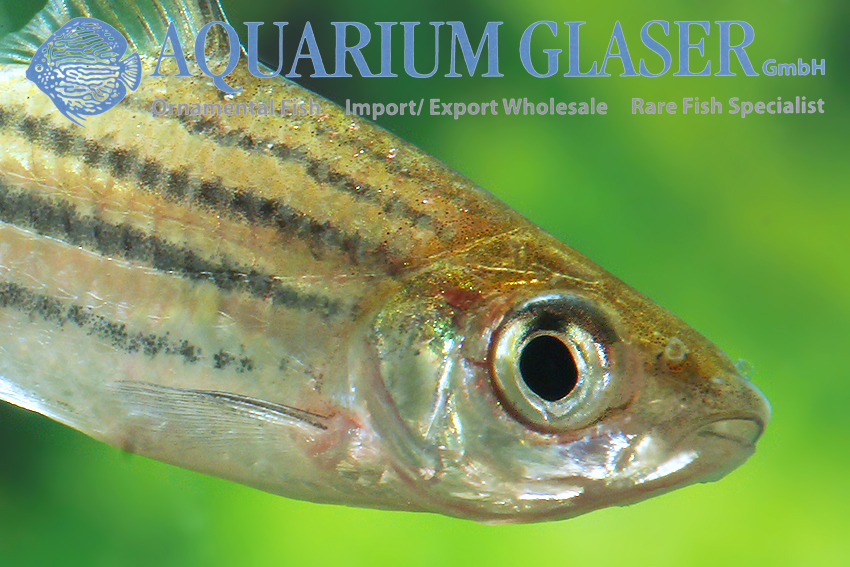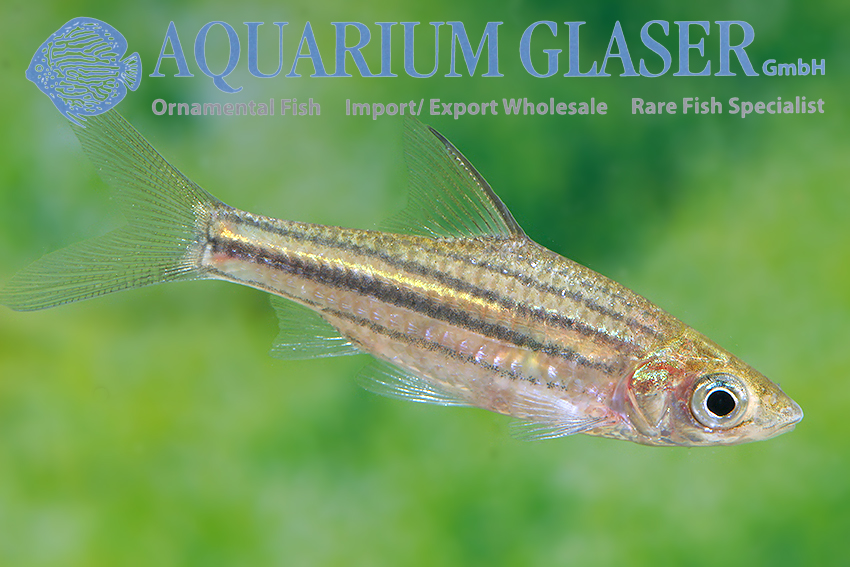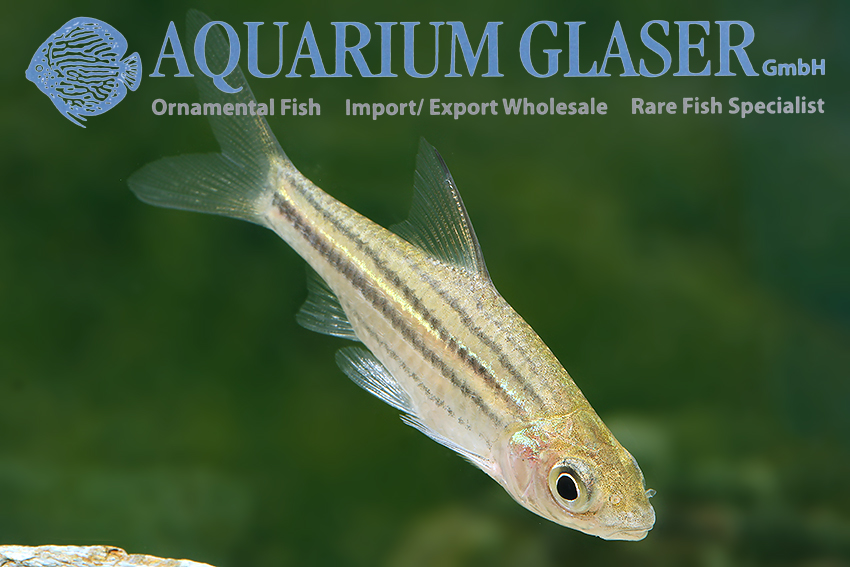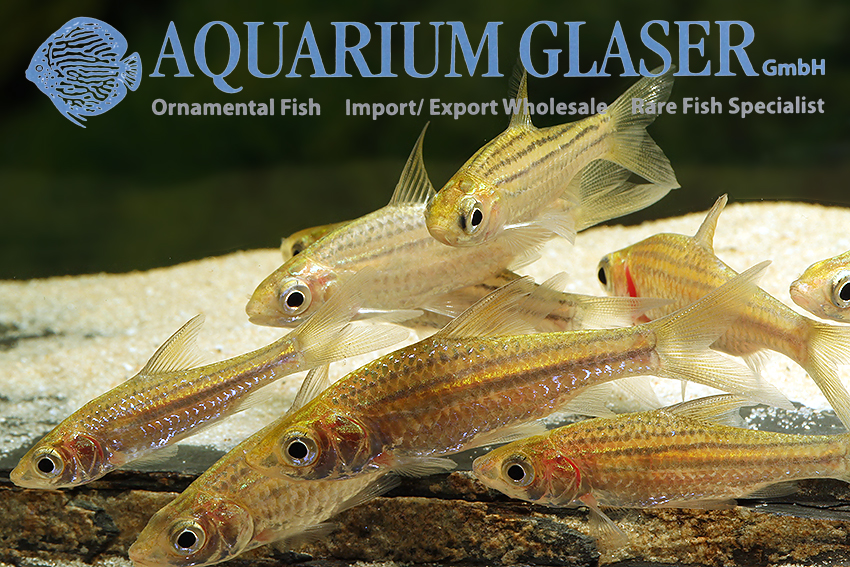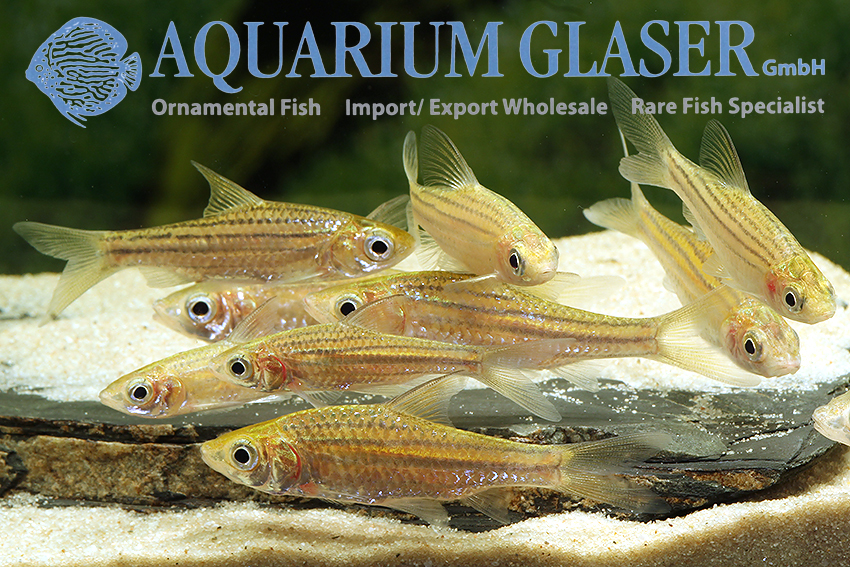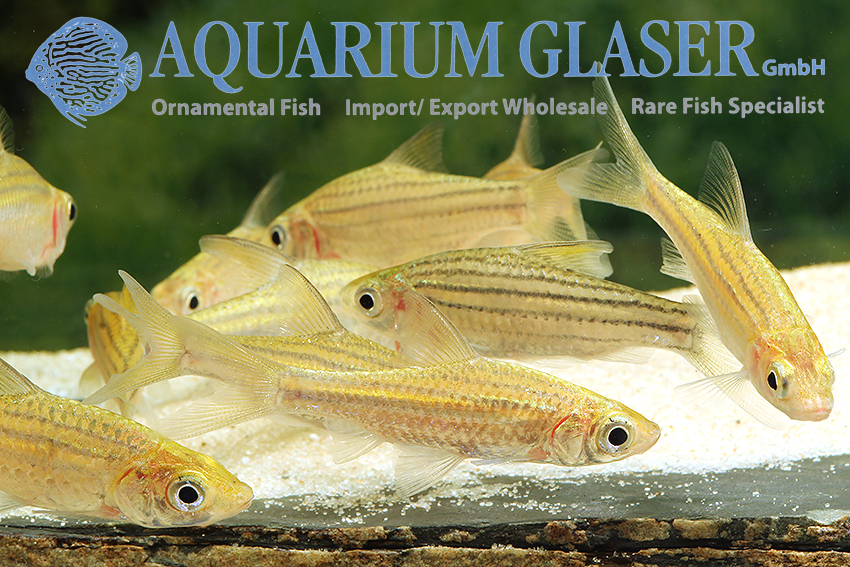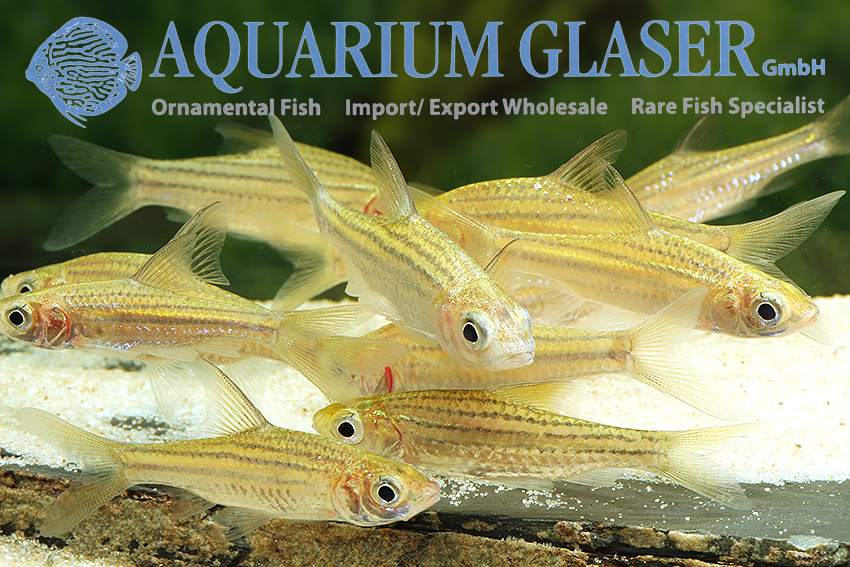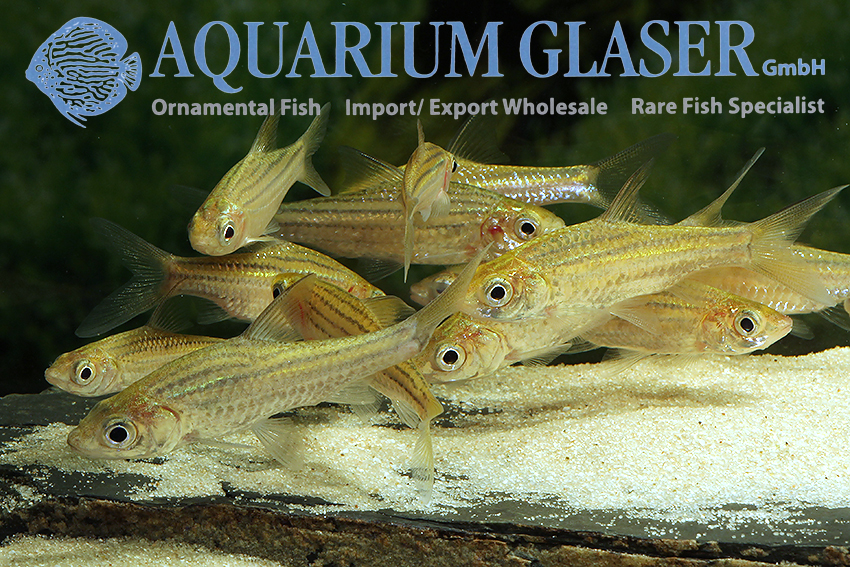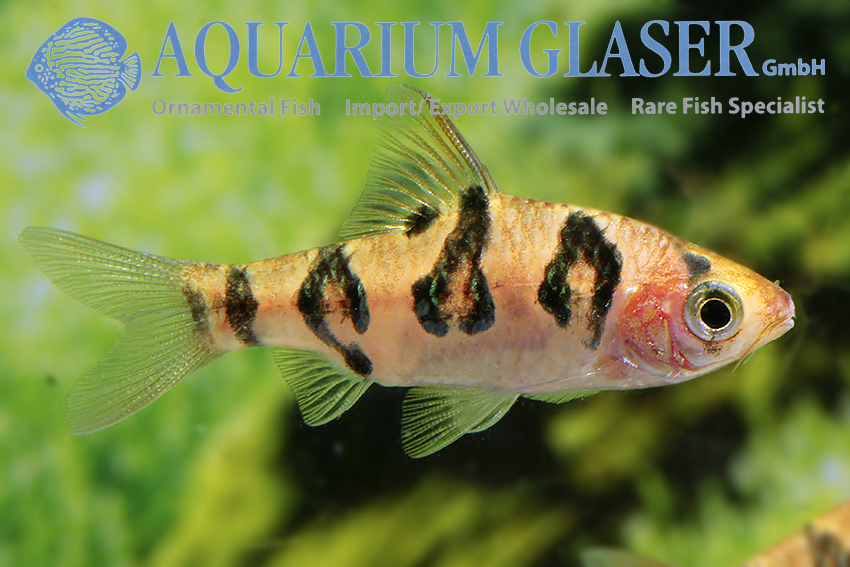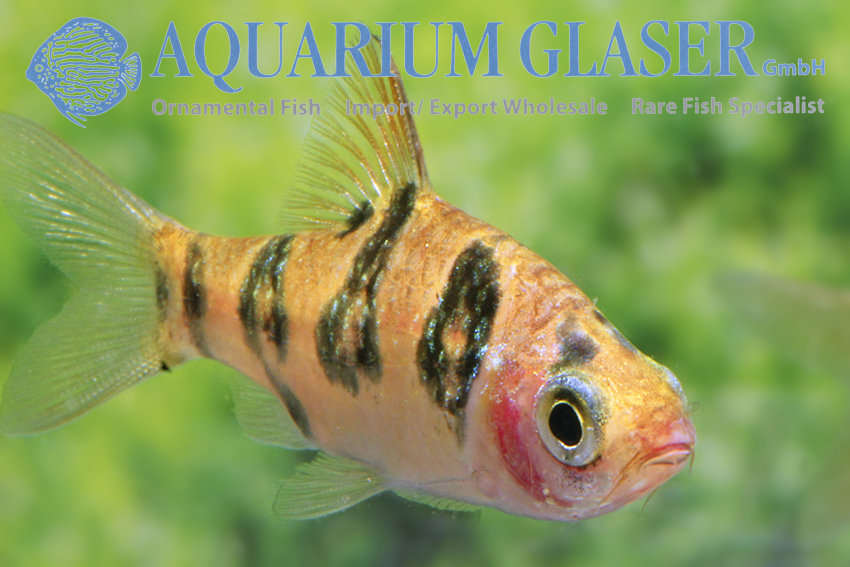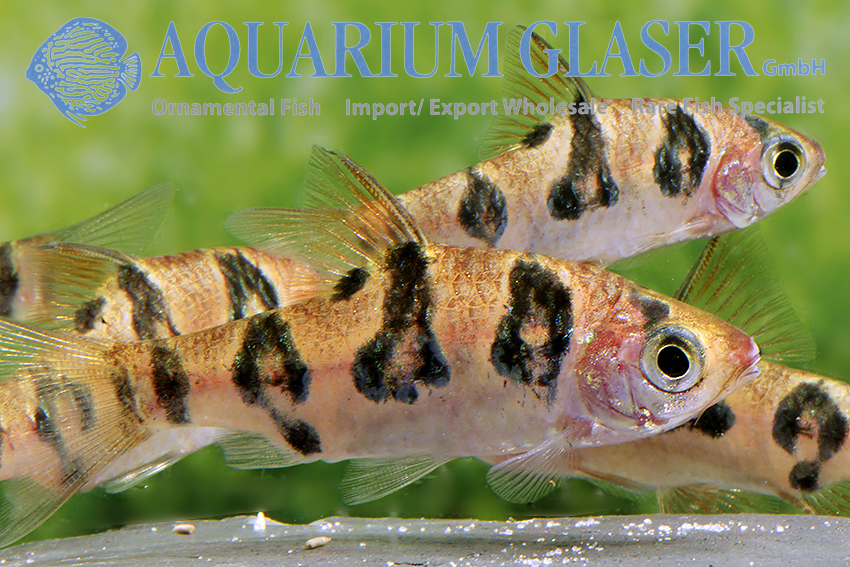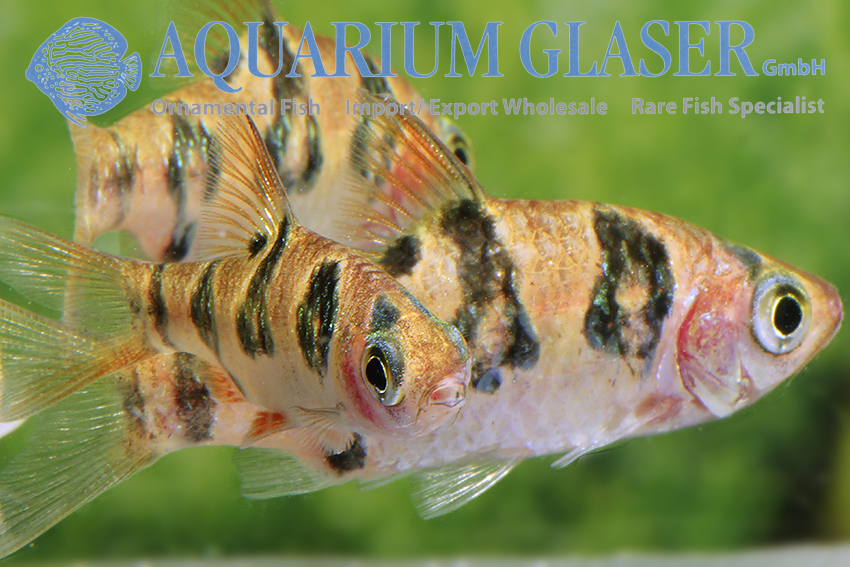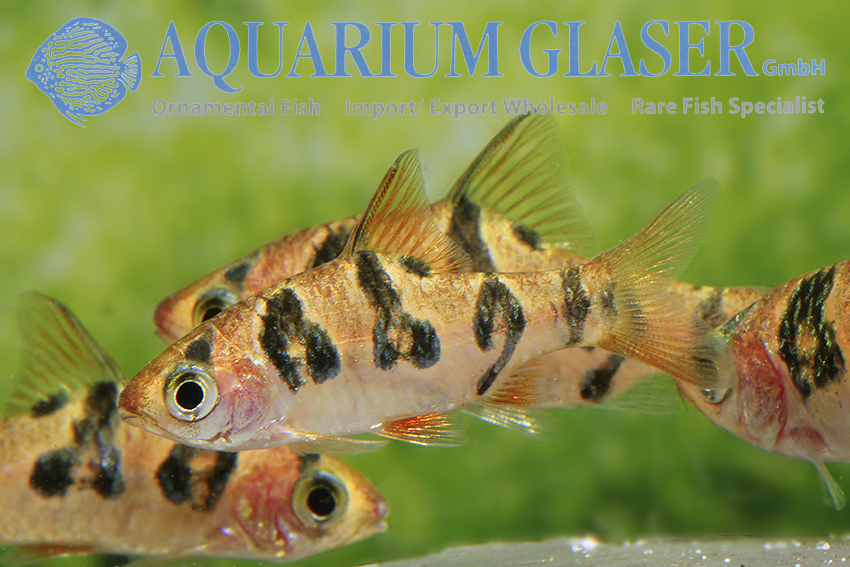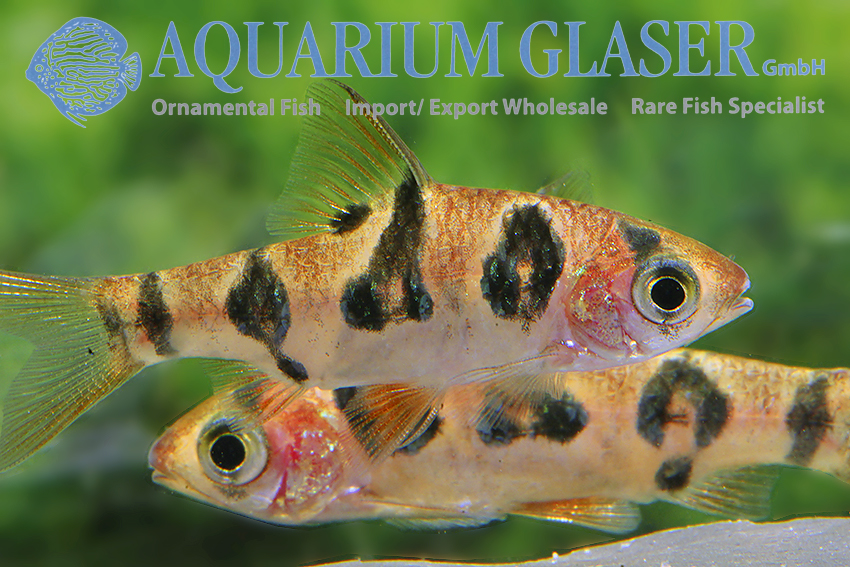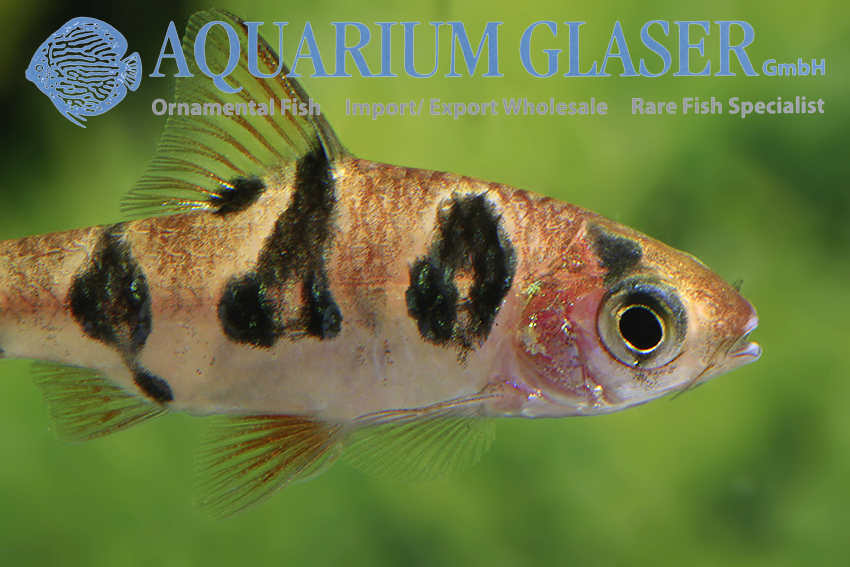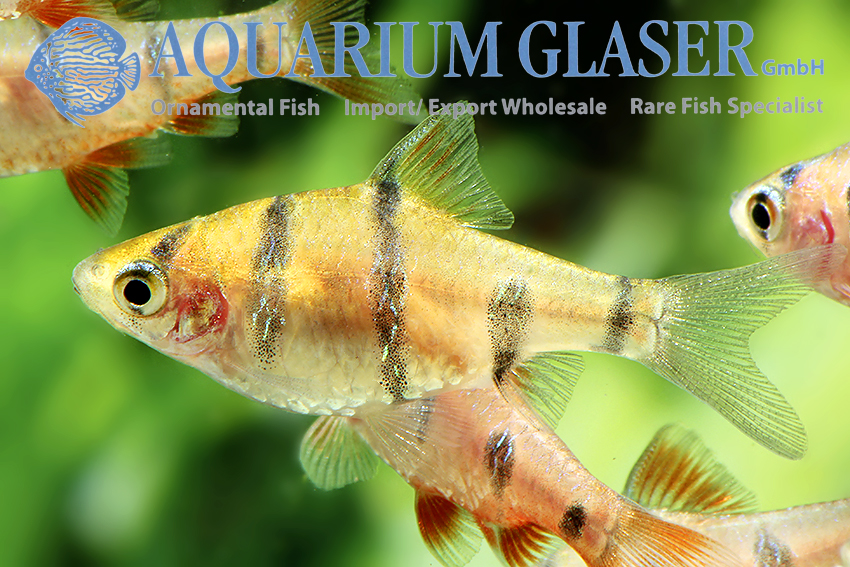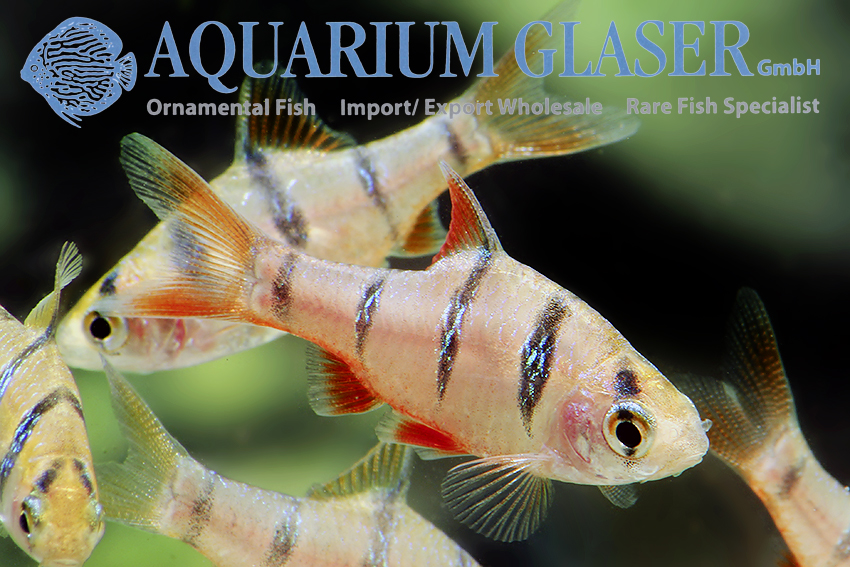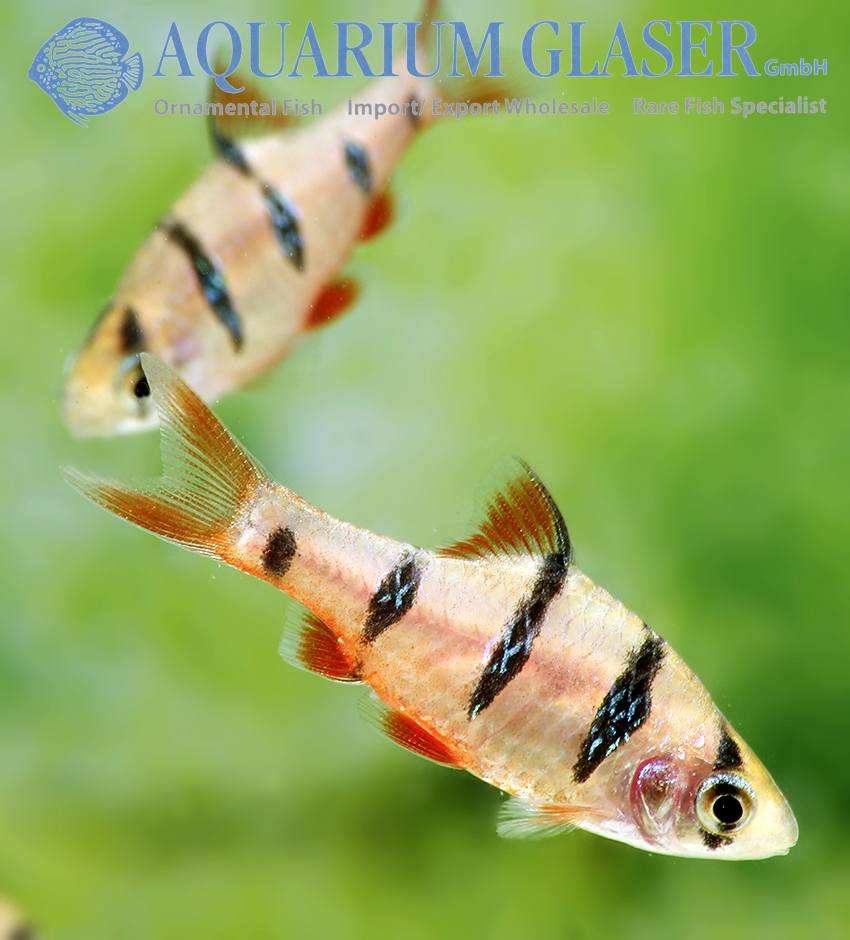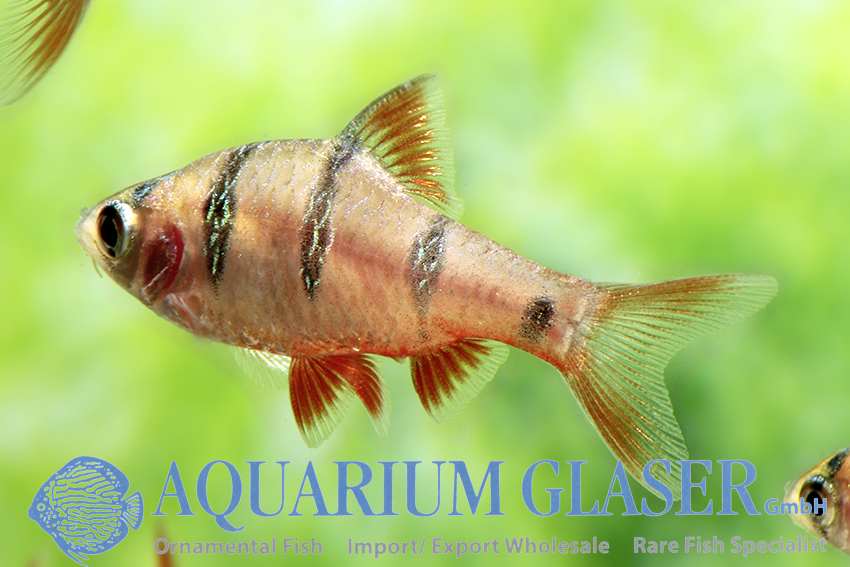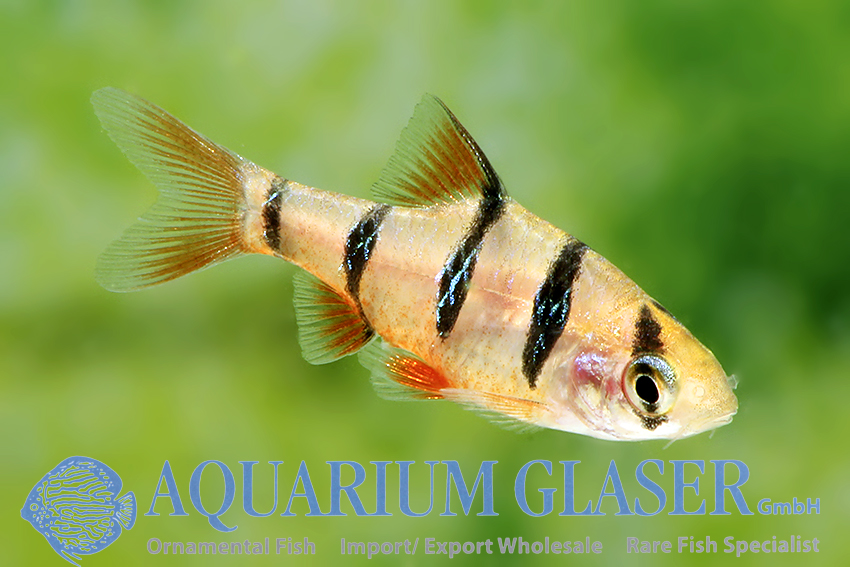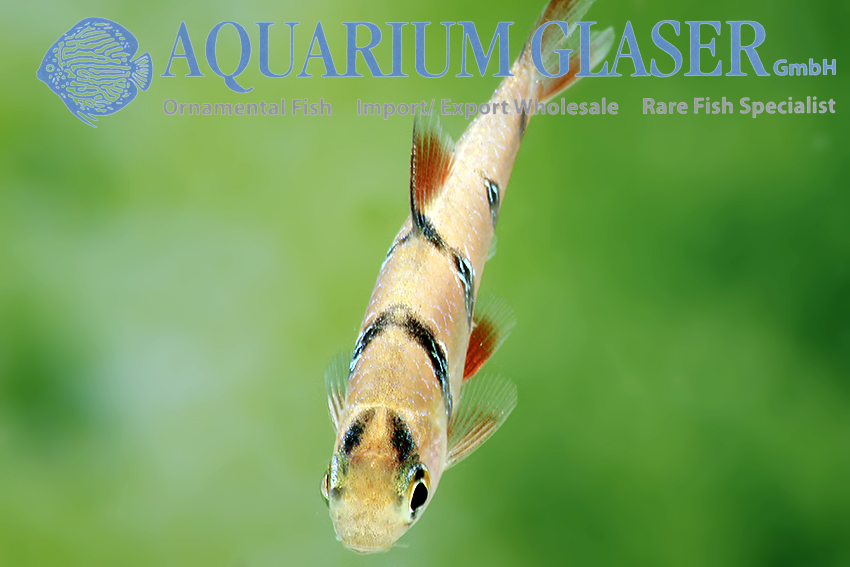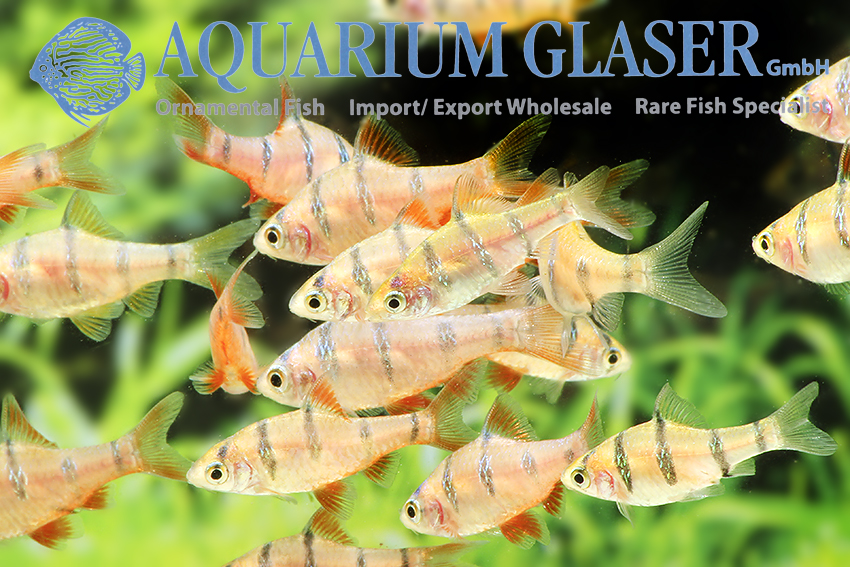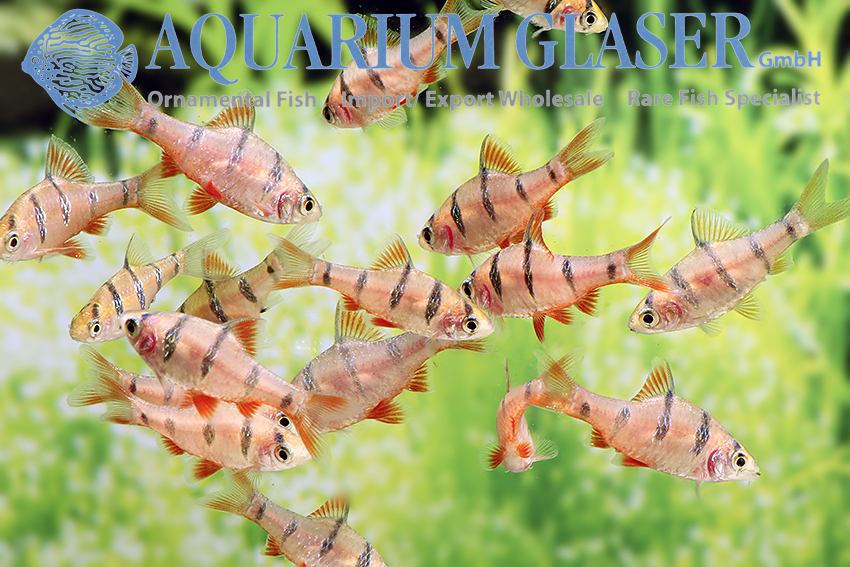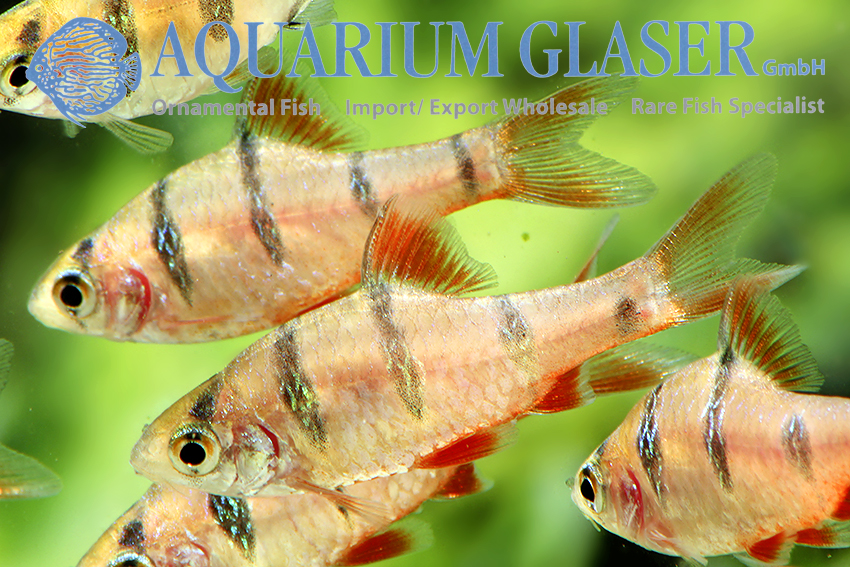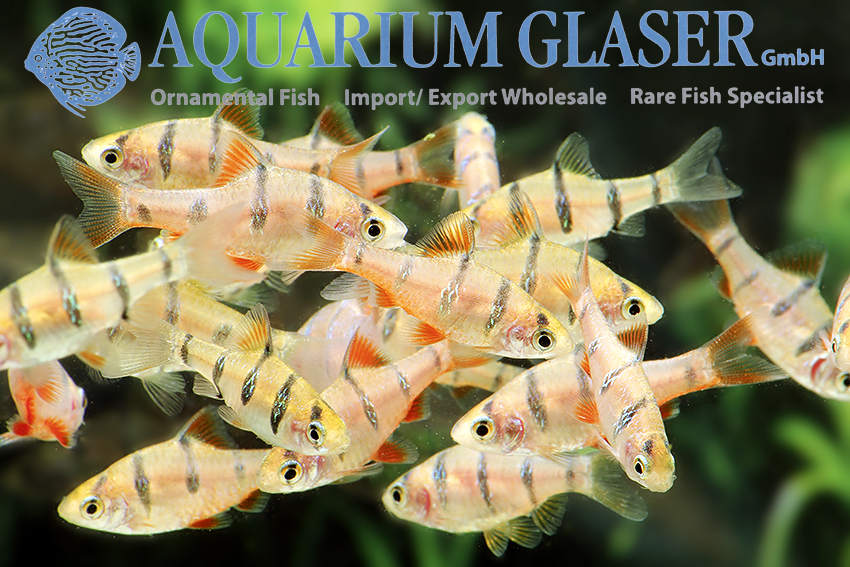Only in very few cases is such confusion around fish names as there is around the horizontically striped barbels of Southeast Asia. The beautiful animals belong according to current opinion to two genera: the species with clearly visible, long barbels belong to the genus Desmopuntius with currently seven accepted species and the form without (or very short) barbels and a fleshy upper lip is in the genus Striuntius, to which according to molecular data otherwise only the aquaristically well known species S. lateristrigata should belong. However, the latter must be based on a mistake, these two species have not much in common. Further information concerning the name confusion around these barbs can be found here: https://www.aqualog.de/blog/namen-dramen-die-linienbarbe/ (unfortunately only in German).
Because of the many confusions it is not clear how big Striuntius lineatus gets. The largest scientifically determined animal was 5-6 cm long (exactly 5.3 cm without caudal fin). Striuntius lineatus is a peaceful, somewhat shy fish, which especially appreciates water enriched with humic substances (dead leaves, peat, alder cones). The species is best kept in a group in a community tank. Other, more impudent, but peaceful fish (e.g. harlequin barbs) take away their shyness there.
Striuntius lineatus is widely distributed in Malaysia and Indonesia, but is only very rarely imported.
For our customers: the fish have code 369873 on our stocklist. Please note that we supply exclusively to wholesalers.
Text & photos: Frank Schäfer





